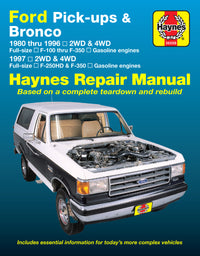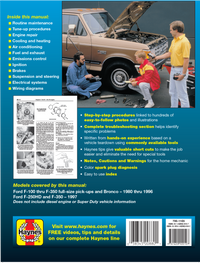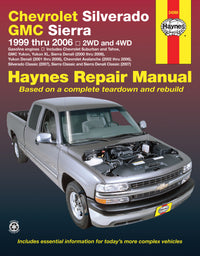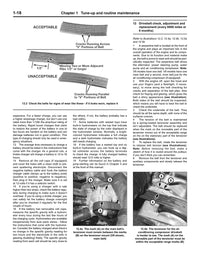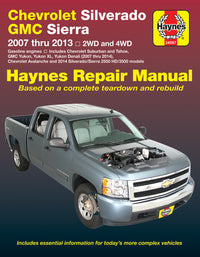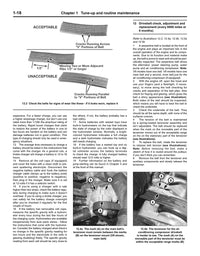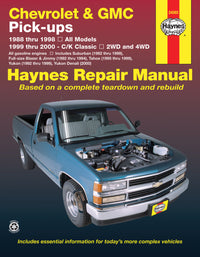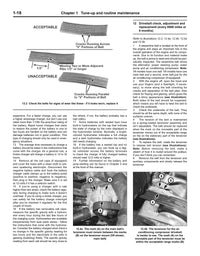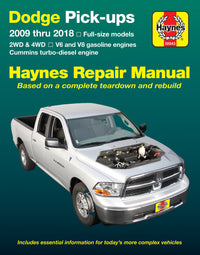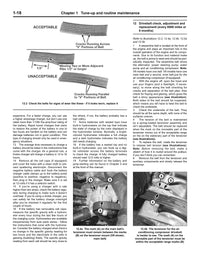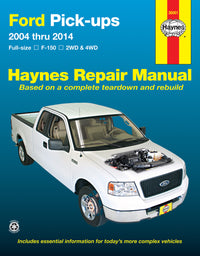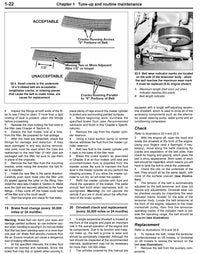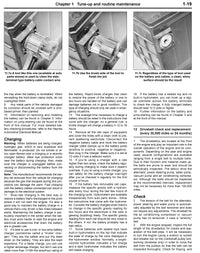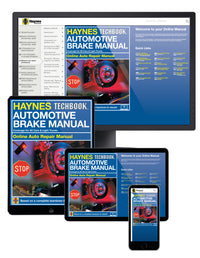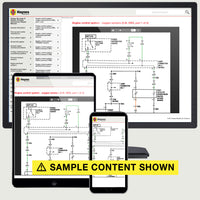Basic car maintenance for beginners is easy. Keeping your car in the best condition possible means it’ll last longer, you’ll spot any potential issues earlier and, crucially, it’s less likely to leave you stranded at the side of the road.
Here’s a DIY car maintenance checklist that’ll show you how to maintain a car:
1) Check the engine oil level
The first task in this beginner's guide to car servicing is an important one.
Raise the hood and check the engine oil level before the car is driven, or at least five minutes after the engine has been switched off. Make sure the car is parked on level ground. Remove the dipstick (your car’s handbook will show you where to find it), wipe it clean on a rag, then reinsert it into the dipstick tube – you will have an accurate reading of the oil level when you remove the dipstick once more. The oil level should be between the MAX and MIN points on the dipstick.
If you have to add oil frequently (your Haynes manual will show you which oil grade to use), you should check whether you have any oil leaks. Place some clean paper under the car overnight, and check for stains in the morning. If there are no leaks, then the engine may be burning oil.

2) How often should I change my car oil and filters?
Every engine is different and requires a certain grade of oil - always check your Haynes or Chilton manual for the correct type. Some sports cars require an oil and filter changed every 6000 miles or six months (whichever is comes first).
Other cars with long-life oil can go as far as 24,000 miles (or more). However, here at Haynes we recommend you change oil and filter once a year, or every 12,000 miles, depending on your handbook’s advice.
You should always change the oil filter when you change the engine oil - if you leave the old one in place it will contaminate the new oil.
All cars are slightly different, so if it is time to change your oil and filter, find your car for specific instructions in your Haynes manual.
3) Is the coolant at the right level?
The next job on this DIY car maintenance checklist is to examine the coolant expansion tank. The coolant level must be checked with the engine cold; the level should be between the MAX and MIN marks on the expansion tank.
If topping up is necessary, remove the pressure cap from the expansion tank. Do not remove the tank’s pressure cap when the engine is hot, because the coolant could spray out and burn you – let the engine cool down fully first. And do not leave open containers of coolant about, because it is poisonous.
Slowly unscrew the cap to release any pressure in the cooling system and remove the cap. Add a mixture of water and antifreeze to the expansion tank (refer to the instructions on the bottle) until the coolant level is between the level marks. Refit the cap.

4) Don’t forget the brake fluid
This is one fluid that can be easily forgotten because it's in a smaller tank that's usually tucked out of the way. But you need to check it because it's vital for your safety.
As with the coolant, make sure the vehicle is on level ground. Most tanks have a MAX and MIN level on the side of the reservoir, so use this to check the level, although it's often harder to see through the sides, so unscrew the lid if you need to.
If topping up is necessary, carefully add fluid (after you've checked which type you need). Avoid spilling it on the surrounding paintwork and wipe it off immediately because it'll damage it.

5) Windshield washer fluid
It can be difficult to check the level of the washer fluid, because it's often hidden inside the wing of the car or behind other parts, so it’s best just to top it up to the filler cap.
Use ready-mixed screenwash that has some freezing protection (23F or 14F). Don't get it muddled up with antifreeze, though – this goes into the coolant expansion tank.
6) Are the wiper blades still working?
Check all of the wiper blades for tears or splits. If there’s damage, or if they smear the windscreen when you use them, it’s time to replace them. We recommend doing this once a year.
Follow our guide to checking and replacing your wiper blades.
7) Check your tires!
Tires are vital for your safety and legality on the road. They’re crucial for keeping you safe because they are the only part of the car that touches the ground, so you rely on tires to allow your car to stop, go and get round corners.
So, check the tire sidewalls (both inner and outer) for cuts or bulges. Then check the tread depth; most states require a minimum of 2/32 inch of tread.
Finally, make sure the pressures are correct (there’s usually a sticker on one of the door frames or inside the fuel filler cap to tell you what the correct pressures should be).

8) Don’t forget the battery
A step-by-step car maintenance guide for beginners wouldn't be complete without mentioning the 12V battery.
Yours is probably under the hood but it may be in the trunk, probably under the floor. Wherever it is, make sure the battery connections aren’t corroded and that the leads are secure.




